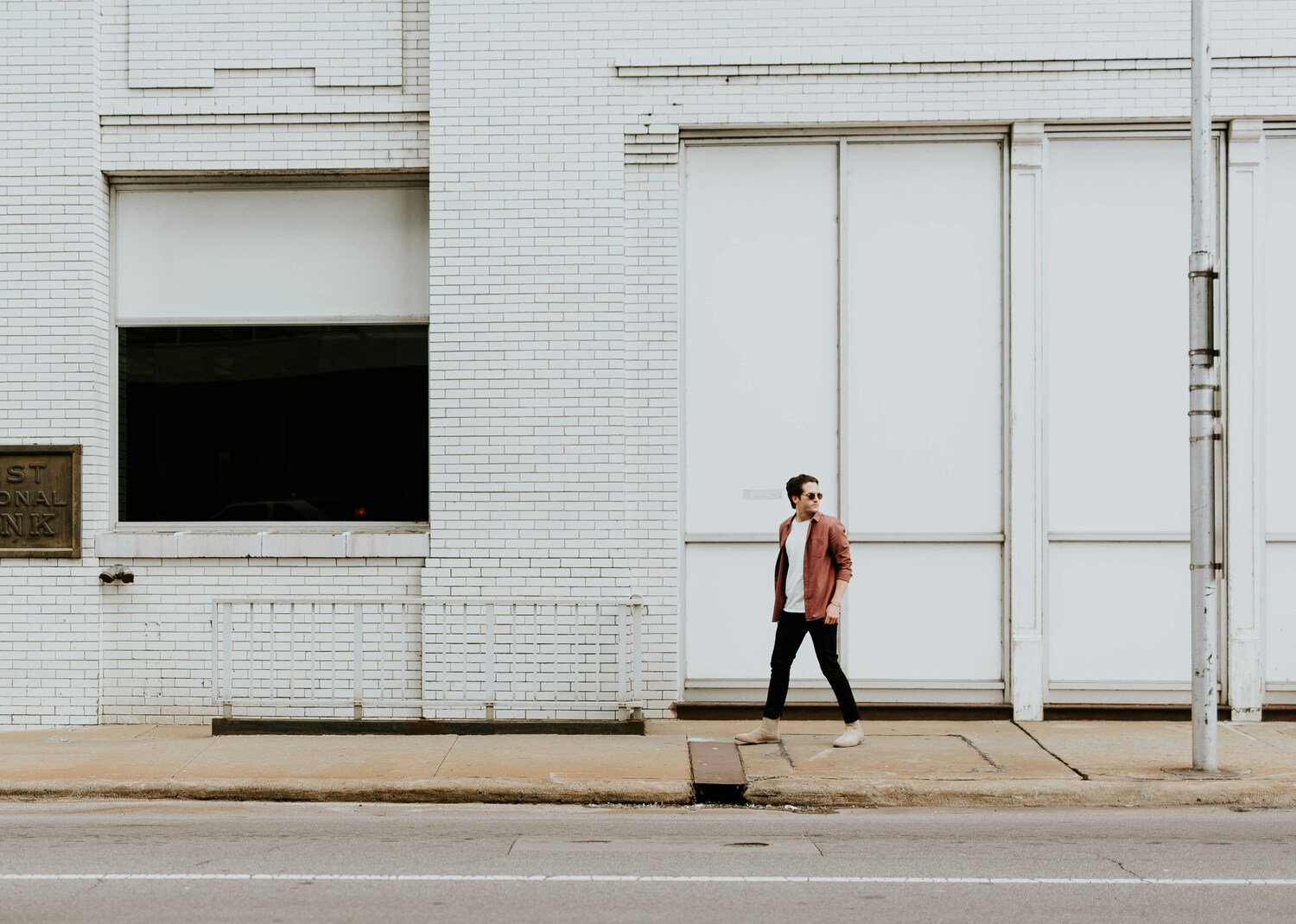Most people walk down the sidewalk without thinking twice about who maintains it…until someone trips. Suddenly, a simple crack in the pavement isn’t just a nuisance. It’s grounds for a lawsuit. In cities across the United States, the responsibility for sidewalk repair has become a battleground of legal disputes, insurance claims, and finger-pointing between homeowners and municipalities.
While infrastructure deterioration is nothing new, the legal tension surrounding sidewalks is intensifying. Some cities hold property owners accountable for upkeep; others do the repairs themselves but are slow to act. As sidewalks age and legal awareness grows, more people are suing for injuries caused by cracked concrete, and cities are taking notice.
Here are six U.S. cities where sidewalk cracks are sparking heated legal disputes, and what it means for residents caught in the middle.
1. Los Angeles, California
Los Angeles has long been infamous for its crumbling sidewalks. In fact, the city faced a $1.3 billion class-action lawsuit in 2015 over failing to maintain safe walkways, particularly for disabled residents. That lawsuit ended in a massive settlement, but issues persist.
The root of LA’s sidewalk problem is complex: tree roots, aging infrastructure, and decades of neglect. But the legal climate makes it worse. If someone trips and gets injured, they can sue the city, and in some cases, also sue the adjacent property owner. The city may eventually fix the damage, but many repairs fall to homeowners, who face citations if they don’t act quickly. What’s worse is that residents often don’t realize they’re liable until a lawsuit hits their doorstep.
2. New York City, New York
In New York City, the law is clear: sidewalk maintenance is the responsibility of the adjacent property owner, not the city. If someone trips on a crack or uneven slab outside your building, you could be legally and financially responsible for their injuries.
In recent years, NYC has paid millions in settlements for sidewalk-related accidents, but since 2003, the city has aggressively shifted liability onto private property owners. This means lawsuits often target homeowners and small businesses rather than municipal departments.
This legal setup creates tension between residents and the city. While the Department of Transportation may eventually inspect or issue warnings, it’s often up to the individual to front the repair costs or face the risk of a personal injury lawsuit.
3. Chicago, Illinois
Chicago winters are brutal on concrete, with freeze-thaw cycles leaving sidewalks buckled, cracked, or outright hazardous. In a city with more than 4,000 miles of walkable pathways, it’s no surprise that injuries happen frequently.
What makes Chicago notable is its proactive (and controversial) “Shared Cost Sidewalk Program,” where property owners can apply to split the cost of repairs with the city. That sounds helpful until you realize that lawsuits still abound.
While the city typically handles sidewalk maintenance, liability depends on the circumstances. In personal injury lawsuits, attorneys often go after both the city and the property owner, leaving both parties scrambling to prove who’s at fault. These cases can drag on for years, and payouts can be significant.
4. San Francisco, California
Much like Los Angeles, San Francisco places the burden of sidewalk maintenance squarely on property owners, even though the city’s famously hilly terrain and tree-lined streets are often the root of the damage.
San Francisco issues notices of violation if sidewalks are cracked or dangerous, and failure to make timely repairs can result in fines or liens on the property. But beyond city enforcement, legal threats loom large.
The city tracks injury claims closely, and lawsuits stemming from sidewalk falls have cost millions. Homeowners are often stunned to learn that their homeowner’s insurance may not fully cover sidewalk-related liability, leaving them financially exposed. In a city with sky-high property values, the added threat of legal action over crumbling pavement adds another layer of stress to ownership.

5. Seattle, Washington
Seattle has seen a spike in sidewalk injuries in recent years, particularly downtown, where aging infrastructure and tree roots have created a patchwork of trip hazards. Unlike some cities, Seattle still claims partial responsibility for sidewalk upkeep, but it’s not always clear who’s liable when an injury occurs.
Lawsuits in Seattle often involve blurred lines between public and private accountability. Property owners may be asked to fix sidewalks adjacent to their buildings, especially in residential neighborhoods, while the city maintains responsibility in more central commercial zones.
Legal disputes have intensified as pedestrian injuries rise and residents challenge the city’s response time. As a result, Seattle is facing growing calls for sidewalk reform—both in how repairs are funded and how liability is assigned.
6. Washington, D.C.
In the nation’s capital, sidewalk disputes often come down to what side of the street you’re on (literally). D.C. law generally places the burden of sidewalk maintenance on the city, but exceptions abound. In some neighborhoods, especially those with homeowners associations or commercial buildings, the adjacent property owners may still be held liable.
Slip-and-fall lawsuits have become more common in D.C., with attorneys citing negligence in upkeep as a key argument. Though the city has increased its sidewalk repair budget, backlog and weather conditions mean dangerous cracks can linger for months.
For residents, the legal ambiguity can be maddening. One side of the street may be city-maintained while the other is privately owned, and when injuries occur, determining liability becomes a slow-moving bureaucratic battle.
Why These Disputes Matter
Sidewalks may seem like minor infrastructure, but they’re at the heart of urban walkability, safety, and accessibility. When a city fails to maintain its sidewalks or shifts the burden onto residents, it opens the door to lawsuits, neighborhood conflict, and financial hardship.
For seniors and disabled individuals, these cracks represent more than trip hazards. They’re barriers to daily life. For property owners, especially in expensive or highly populated areas, a simple fall can lead to five- or six-figure lawsuits. The lesson is clear: know your rights, understand your responsibilities, and don’t assume the city has it covered.
These Cracks Are Liabilities Waiting to Happen
Sidewalk cracks aren’t just eyesores—they’re liabilities waiting to happen. As legal disputes over sidewalk injuries continue to rise, it’s critical for homeowners and tenants alike to understand who’s responsible for repairs and how to protect themselves from lawsuits. A small crack today could become a costly claim tomorrow.
Whether you’re a homeowner in Brooklyn, a landlord in LA, or a condo owner in Chicago, ignoring those uneven slabs could cost more than you think.
Have you ever dealt with sidewalk damage on your property, or worse, been injured because of it?
Read More:
13 Cities on the Brink of Destruction: Why You Should Get Out Now
10 Big Cities Where The Cost Of Living Is Still Affordable
Riley Schnepf is an Arizona native with over nine years of writing experience. From personal finance to travel to digital marketing to pop culture, she’s written about everything under the sun. When she’s not writing, she’s spending her time outside, reading, or cuddling with her two corgis.
Read the full article here
















